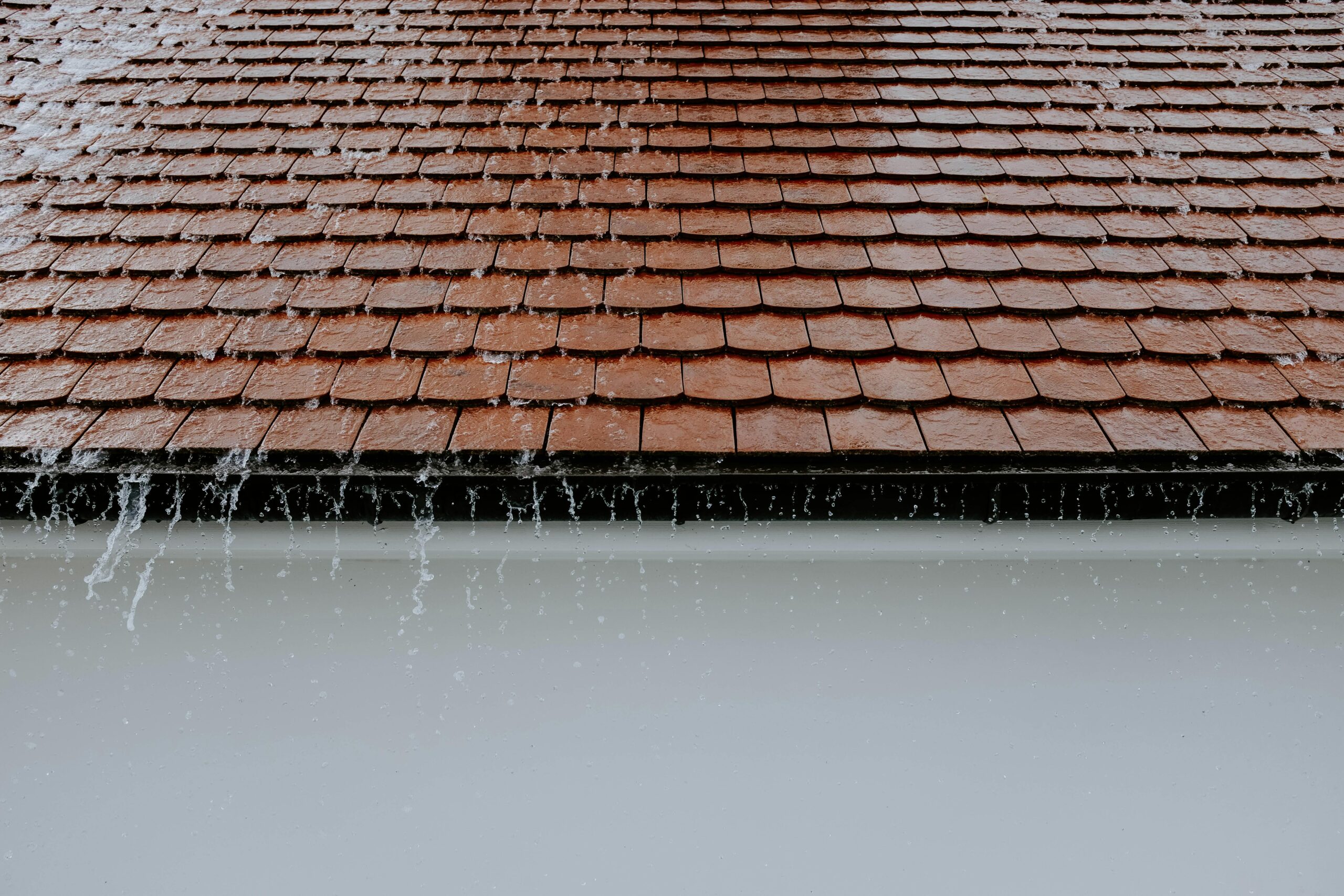Heavy summer rain can put your roof to the test. While a little water might not seem like a big deal, storms can quietly cause damage that worsens over time—especially if it goes unnoticed. Knowing when to call for a roof inspection is one of the smartest steps you can take for long-term home protection. These roof inspection tips will help you spot warning signs early and guide you on how to handle post-storm roof care the right way.
Why Summer Storms Are a Roofing Risk
Summer storms often bring a mix of intense rainfall, wind, and flying debris, all of which can compromise your roof’s condition. Water can seep into small cracks or under shingles, while wind can loosen flashing or tear off materials entirely. Without regular checks, this kind of damage can lead to costly leaks, insulation problems, or even structural issues.
Visible Leaks or Water Stains Indoors
One of the most obvious signs you need a roof inspection is water showing up where it shouldn’t be. Look for brown stains on ceilings or walls, bubbling paint, or even active drips during or after a storm. These symptoms usually point to water intrusion from compromised shingles or flashing—and the longer you wait, the worse the damage can get.
Missing or Damaged Shingles
After a heavy rainstorm, do a quick visual scan of your roof from the ground. If you see shingles that are missing, curled, cracked, or laying in the yard, it’s time for a closer look. Damaged shingles can expose the underlayment and decking to moisture, which accelerates wear and can lead to mold, rot, or leaks.
Granules in Gutters or Around Downspouts
Asphalt shingles naturally shed granules over time, but a large buildup after a rainstorm can indicate storm-related wear. These granules help protect shingles from UV damage and water penetration, so their loss is a red flag. Check your gutters and the ground near downspouts for gritty material, especially after several days of rain.
Sagging or Warped Roofing Materials
If any areas of your roof appear to sag or buckle, it could be due to trapped moisture or weakened decking. This issue is often hard to detect without getting up close, but uneven roof lines or dips along the surface are common signs. These structural problems require immediate attention to prevent larger and more expensive issues.
Unusual Sounds from the Attic
Rainfall shouldn’t sound like a steady drip inside your home. If you hear water tapping, running, or dripping in the attic during or after a storm, investigate right away. Wet insulation or puddles in the attic space are strong indicators that your roof is no longer fully sealed. Addressing the issue early can prevent extensive interior damage.
Mold, Mildew, or Musty Odors
Moisture trapped in walls, ceilings, or attic spaces can quickly lead to mold growth. If you notice a musty smell or see any discoloration, especially after a stretch of rainy weather, your roof may be the culprit. Mold not only damages your home—it also poses health risks, especially for allergy or asthma sufferers.
Flashing or Sealant Damage
Roof flashing—typically made of metal—helps waterproof areas around chimneys, vents, and skylights. Summer storms can loosen or dislodge flashing, creating entry points for water. Sealants can also deteriorate over time. If you notice rusted, bent, or detached flashing, schedule a roof inspection to prevent leaks and ensure proper drainage.
Clogged or Overflowing Gutters
While not part of the roof itself, gutters play a crucial role in roof performance. Heavy rain can reveal issues like sagging gutters, improper drainage, or clogs caused by debris. When water backs up, it can pool along the roof edge and cause damage to fascia boards, shingles, or siding.
It’s Been More Than a Year Since Your Last Inspection
Even if you don’t notice any obvious damage, roofs should be inspected at least once a year—especially in regions with intense summer weather. A professional inspection can catch hidden issues and provide peace of mind that your roof is still doing its job. If you’re unsure where to start, it’s a smart time to hire a pro from AskHomey who can assess your roof thoroughly and suggest next steps if repairs are needed.
Don’t Wait Until Damage Gets Worse
Storm damage rarely improves on its own. What starts as a small leak or a missing shingle can escalate into serious home repairs if ignored. Acting quickly after heavy rain helps protect your home and wallet in the long run. Preventative roof care is always cheaper and safer than emergency fixes.
For more seasonal tips and smart home care advice, follow AskHomey on Instagram and Facebook. You’ll find expert-backed inspiration to help keep your home looking its best year-round.



